Home>Garden Essentials>How Long Does It Take To Germinate Sweet Potatoes?
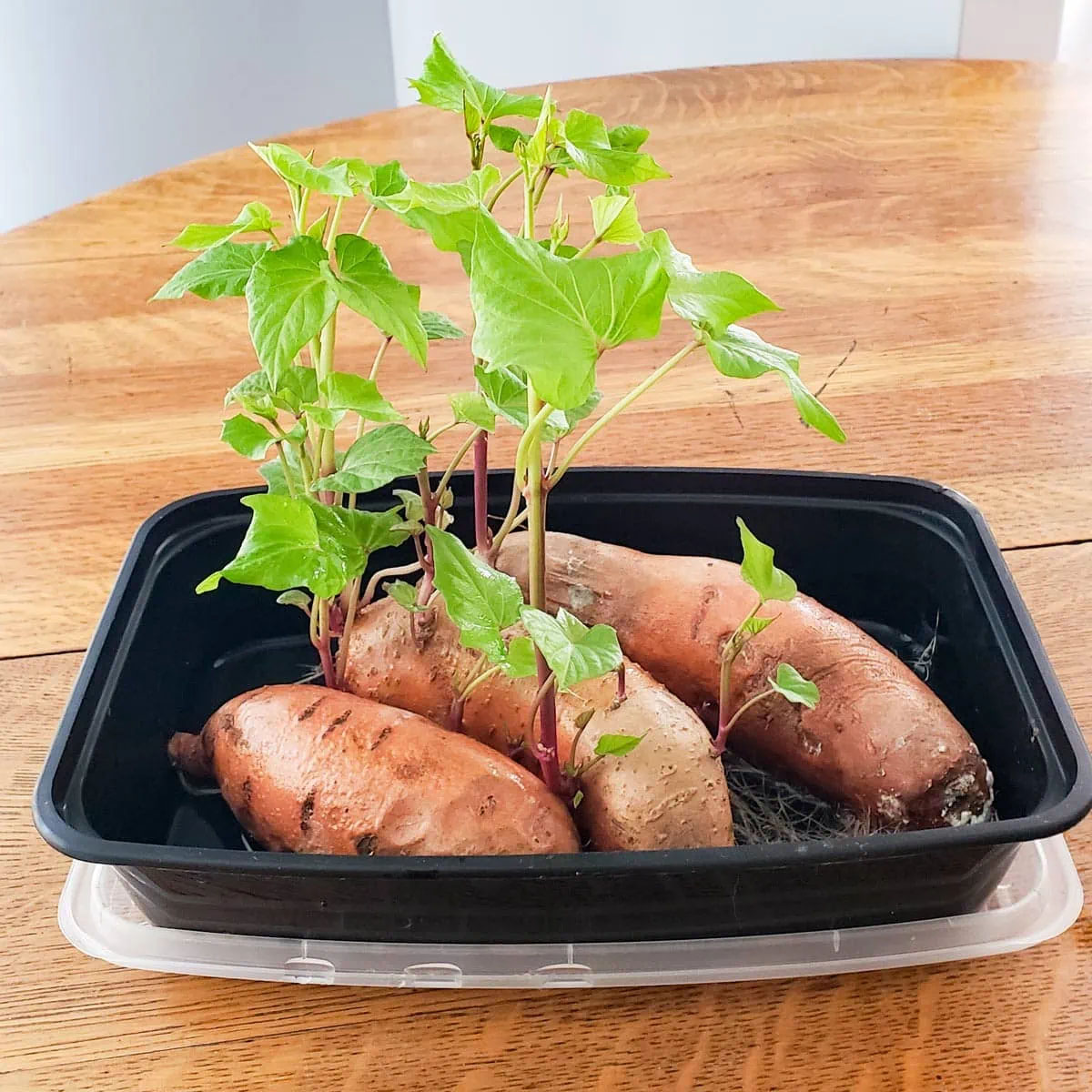

Garden Essentials
How Long Does It Take To Germinate Sweet Potatoes?
Modified: August 24, 2024
Discover the average time it takes for sweet potatoes to germinate in your garden. Learn how to grow these delicious tubers and enjoy a bountiful harvest!
(Many of the links in this article redirect to a specific reviewed product. Your purchase of these products through affiliate links helps to generate commission for Storables.com, at no extra cost. Learn more)
Introduction
Sweet potatoes are a versatile and nutritious addition to any garden. Not only are they delicious and packed with vitamins and minerals, but they are also relatively easy to grow. However, one question that often arises among gardeners is how long it takes for sweet potato seeds to germinate. Understanding the germination process is key to determining the time it will take for your sweet potatoes to sprout.
In this article, we will delve into the intricacies of sweet potato germination, exploring the factors that affect the germination time and providing tips for enhancing the process. By the end, you will have a comprehensive understanding of the timeline for sweet potato germination and be equipped with the knowledge to successfully grow your own sweet potatoes.
So, let’s dig in and explore the fascinating world of sweet potato germination!
Key Takeaways:
- It takes 7 to 14 days for sweet potato slips to germinate. Factors like temperature, moisture, slip quality, and soil affect the time. Providing proper care and conditions can speed up the process.
- To enhance sweet potato germination, choose healthy slips, maintain warm temperature, keep soil moist, provide sunlight, space slips properly, and monitor their progress. With patience and care, you can grow thriving sweet potato plants.
Read more: How Long Does It Take For Mint To Germinate?
Understanding Sweet Potatoes
Sweet potatoes, scientifically known as Ipomoea batatas, are root vegetables that belong to the morning glory family. They are native to Central and South America and have been cultivated for thousands of years for their delicious tubers. With their vibrant orange flesh and sweet flavor, sweet potatoes have become a staple in many cuisines around the world.
Aside from their culinary uses, sweet potatoes are also highly nutritious. They are rich in vitamins A, C, and B6, as well as dietary fiber and antioxidants. They are also known for their high levels of beta-carotene, which is converted by the body into vitamin A, playing a crucial role in maintaining good eye health.
When it comes to gardening, sweet potatoes are typically grown from sprouted tubers or slips. These slips are young plants that have been grown from sprouted sweet potato tubers. It’s important to note that sweet potatoes are not grown from seeds but rather from vegetative parts of the plant.
Sweet potatoes thrive in warm climates and prefer loose, well-draining soil. They require a long growing period, typically taking around 100 to 150 days from planting to harvest. To achieve successful growing conditions for sweet potatoes, it’s important to understand the germination process and the factors that can affect it.
Germination Process
The germination process of sweet potatoes starts with the sprouting of slips. These slips are the shoots that emerge from the eyes or nodes of the tuber. Each slip has the potential to grow into a new sweet potato plant. The sprouting process usually occurs when the sweet potato tuber is exposed to warm temperatures and moisture.
Once the slips have emerged, they can be carefully removed from the tuber and planted in the soil. It’s crucial to handle the slips with care to avoid damaging them. The slips should be planted in loose soil, ensuring that the roots are well-covered but the leaves remain above the ground.
After planting, the slips will continue to grow, establishing a strong root system. The roots will absorb water and nutrients from the soil, providing the necessary resources for growth. As the plant grows, the stems and leaves will develop and spread out, capturing sunlight and photosynthesizing to produce energy.
During the germination process, it’s essential to provide the proper conditions for the slips to thrive. They need a warm and sunny environment, with temperatures ranging between 70 to 80 degrees Fahrenheit (21 to 27 degrees Celsius). Additionally, the soil should be kept consistently moist but not overly saturated.
Germination can take anywhere from a few days to a couple of weeks, depending on various factors such as temperature, humidity, and the quality of the slips. It’s important to monitor the progress of the slips and provide them with adequate care and attention during this critical stage of growth.
As the slips continue to grow and develop, they will eventually produce vines that spread out across the soil surface. These vines play a vital role in supplying energy to the developing sweet potatoes underground. With proper care and maintenance, the sweet potatoes will continue to mature until they are ready for harvest.
Factors Affecting Germination Time
The time it takes for sweet potato slips to germinate can vary due to several key factors. Understanding these factors can help you anticipate and optimize the germination process. Here are some of the main factors that can affect the germination time:
1. Temperature:
Temperature plays a crucial role in sweet potato germination. Warm temperatures, ideally between 70 to 80 degrees Fahrenheit (21 to 27 degrees Celsius), promote faster germination. Cooler temperatures can significantly slow down the germination process. It’s important to provide a warm and consistent environment for the slips to thrive.
Read more: How Long Does It Take Millet To Germinate
2. Moisture:
Adequate moisture is essential for the germination of sweet potato slips. The soil should be evenly moist, but not waterlogged, to provide the slips with sufficient hydration. Dry conditions can impede germination, while overly wet conditions can lead to rotting or fungal diseases. Regularly monitor the soil moisture and adjust watering accordingly to ensure optimal conditions.
3. Quality of Slips:
The quality of the slips you use for planting can greatly impact the germination time. Choose healthy slips that are free from disease or damage. Slips with well-developed roots have a higher chance of quick and successful germination. It’s important to source slips from reputable suppliers or grow them yourself from sprouted sweet potato tubers for the best results.
4. Light:
Although light is not a direct requirement for germination, it plays a role in stimulating plant growth once the slips have emerged from the soil. Sweet potato plants require ample sunlight to carry out photosynthesis, which is essential for energy production. Ensuring that the slips receive enough sunlight or providing supplemental grow lights can promote faster and healthier growth.
5. Soil Quality:
The quality of the soil in which you plant your sweet potato slips can affect germination time. Sweet potatoes prefer loose, well-draining soil that is rich in organic matter. Good soil structure allows for proper aeration and root development. Prior to planting, prepare the soil by incorporating compost or organic matter to boost its fertility and ensure optimal conditions for germination.
By considering and adjusting these factors, you can create an ideal environment for sweet potato germination, ultimately reducing the time it takes for the slips to sprout and grow into mature plants.
Read more: How Long Does It Take Turnips To Germinate
Time Taken for Sweet Potato Germination
The time it takes for sweet potato slips to germinate and emerge from the soil can vary depending on several factors, as mentioned earlier. On average, sweet potato slips can take anywhere from 7 to 14 days to germinate. However, it’s important to note that this is just an estimate, and the actual time can differ based on the specific conditions and circumstances.
The germination time can be influenced by factors such as temperature, moisture levels, slip quality, and soil quality. Warm temperatures between 70 to 80 degrees Fahrenheit (21 to 27 degrees Celsius) are ideal for promoting faster germination. Consistently moist but not waterlogged soil provides the slips with the necessary hydration for sprouting. Slips of higher quality, with well-developed roots, tend to germinate more quickly. And finally, nutrient-rich, well-draining soil provides an optimal environment for germination.
It’s important to monitor the progress of the slips regularly during the germination period. Observe the soil moisture levels, maintain the appropriate temperature, and check for any signs of disease or pests. Providing the slips with proper care and attention will increase the chances of successful germination.
Once the slips have emerged from the soil, they will continue to grow and establish a strong root system. During this stage, it’s crucial to provide them with adequate sunlight, nutrients, and water. With proper care and maintenance, sweet potato plants can grow vigorously and produce a bountiful harvest after several months.
Remember that the germination time is just the beginning of the sweet potato growing journey. From germination to harvest, sweet potatoes typically require around 100 to 150 days, depending on the variety and growing conditions. Patience and consistent care are key when cultivating sweet potatoes.
By understanding the germination process, considering the influencing factors, and providing the necessary conditions, you can successfully grow sweet potatoes and enjoy the satisfaction of harvesting your own homegrown tubers.
Tips for Enhancing Germination
While sweet potato germination is a natural process, there are several tips and techniques you can employ to enhance the germination success rate and promote healthy growth. Implementing these tips will help ensure that your sweet potato slips sprout and thrive:
1. Preparing Slips:
When sourcing or growing your own sweet potato slips, choose healthy and well-developed ones. Avoid slips that show signs of disease, damage, or rot. Prior to planting, allow the slips to develop roots by placing them in a jar of water or moist vermiculite for a week. This will improve the chances of successful germination.
2. Warm and Consistent Temperature:
Provide a warm and consistent temperature for the slips to germinate. Place them in a location where temperatures range between 70 to 80 degrees Fahrenheit (21 to 27 degrees Celsius). Avoid exposing them to cold drafts or sudden temperature fluctuations, as this can hinder germination.
3. Maintain Moist Soil:
Keep the soil consistently moist but not waterlogged. Water the slips gently to ensure the soil is evenly hydrated. Regularly monitor the moisture levels and adjust watering as needed. Moist soil provides the necessary conditions for proper germination and root development.
4. Adequate Sunlight or Grow Lights:
Ensure that the germinating slips receive ample sunlight or provide supplemental grow lights. Sweet potatoes need at least six to eight hours of sunlight daily to carry out photosynthesis effectively. If you don’t have access to sufficient sunlight, use grow lights to provide the necessary light intensity and duration.
5. Proper Spacing and Soil Preparation:
When planting the slips in the garden, space them adequately to allow for proper growth and air circulation. Plant them in loose, well-draining soil enriched with organic matter. This ensures optimal soil structure and nutrient availability for the growing slips.
6. Regular Monitoring and Maintenance:
Keep a close eye on the germinating slips and monitor their progress regularly. Look for any signs of pests, diseases, or nutrient deficiencies. Address any issues promptly to prevent them from affecting the growth and development of the slips.
By implementing these tips, you can optimize the germination process and increase the chances of successful growth. Remember to provide the slips with the conditions they need, and offer consistent care and attention throughout the germination period and beyond.
Read more: How Long Does It Take Sorghum To Germinate
Conclusion
Growing sweet potatoes from slips can be a rewarding and fulfilling experience. Understanding the germination process and the factors that influence it is key to successful cultivation. By providing the right conditions for germination and following the tips mentioned, you can enhance the germination rate and promote healthy growth of sweet potato slips.
Sweet potatoes, with their vibrant orange flesh and delicious taste, are not only a versatile ingredient in the kitchen but also a nutrition powerhouse. Rich in vitamins, minerals, and antioxidants, they offer numerous health benefits. By growing your own sweet potatoes, you can ensure a fresh and organic supply of these nutritious tubers.
Remember to choose high-quality slips, provide the right temperature and moisture levels, and create ideal soil conditions. Regular monitoring, proper spacing, and adequate sunlight or grow lights are also important. With patience, care, and attention, you can witness the germination of sweet potato slips and guide them towards successful growth.
Keep in mind that the germination process is just the beginning of the sweet potato growing journey. During the subsequent months, the plants will continue to develop and produce vine-like structures. With ongoing care, they will eventually yield a bountiful harvest of sweet potatoes.
So, roll up your sleeves, grab your gardening tools, and embark on the journey of growing your own sweet potatoes. By understanding the germination process, catering to the needs of your slips, and utilizing the tips provided, you can enjoy the satisfaction of nurturing your own thriving sweet potato plants.
Happy gardening and bon appétit!
Frequently Asked Questions about How Long Does It Take To Germinate Sweet Potatoes?
Was this page helpful?
At Storables.com, we guarantee accurate and reliable information. Our content, validated by Expert Board Contributors, is crafted following stringent Editorial Policies. We're committed to providing you with well-researched, expert-backed insights for all your informational needs.


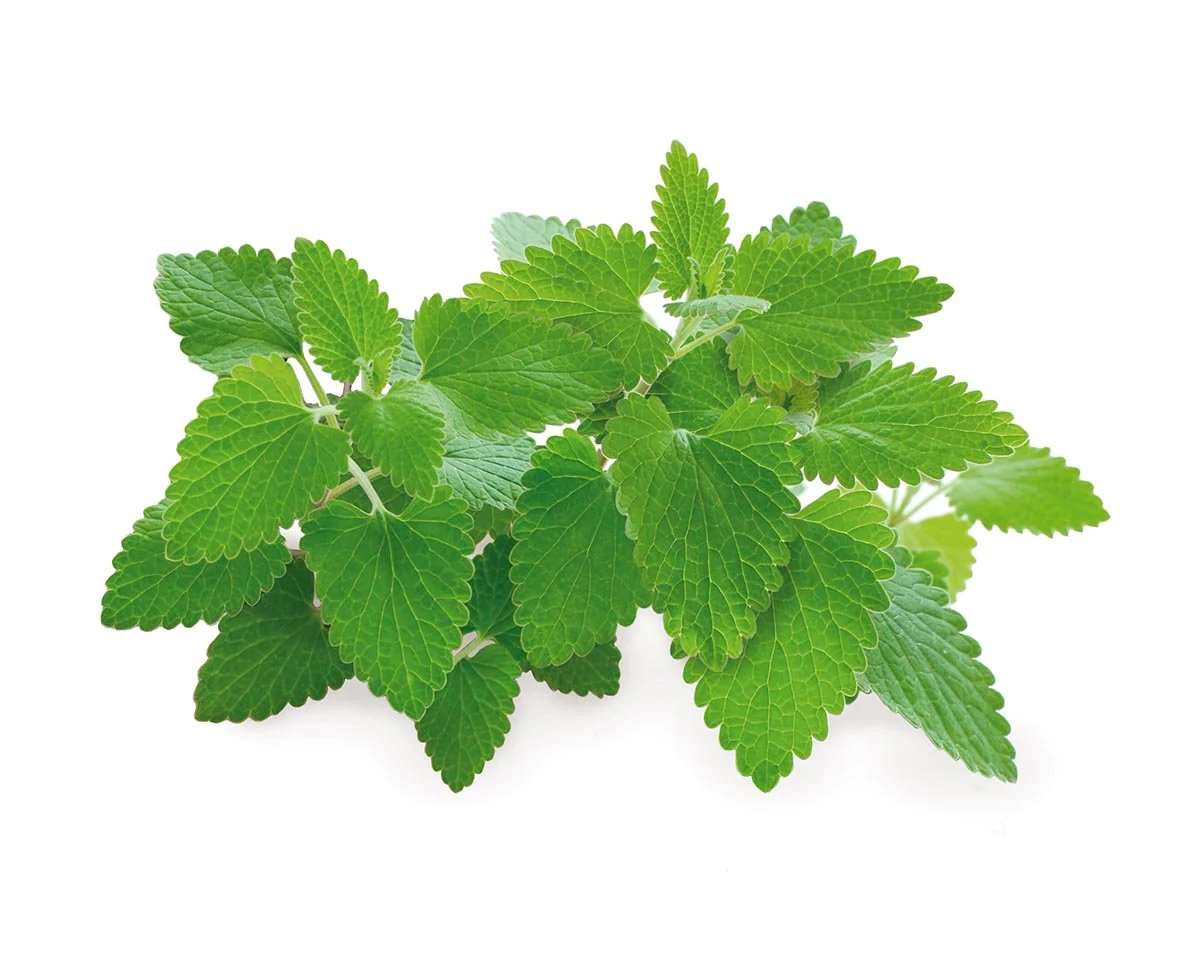

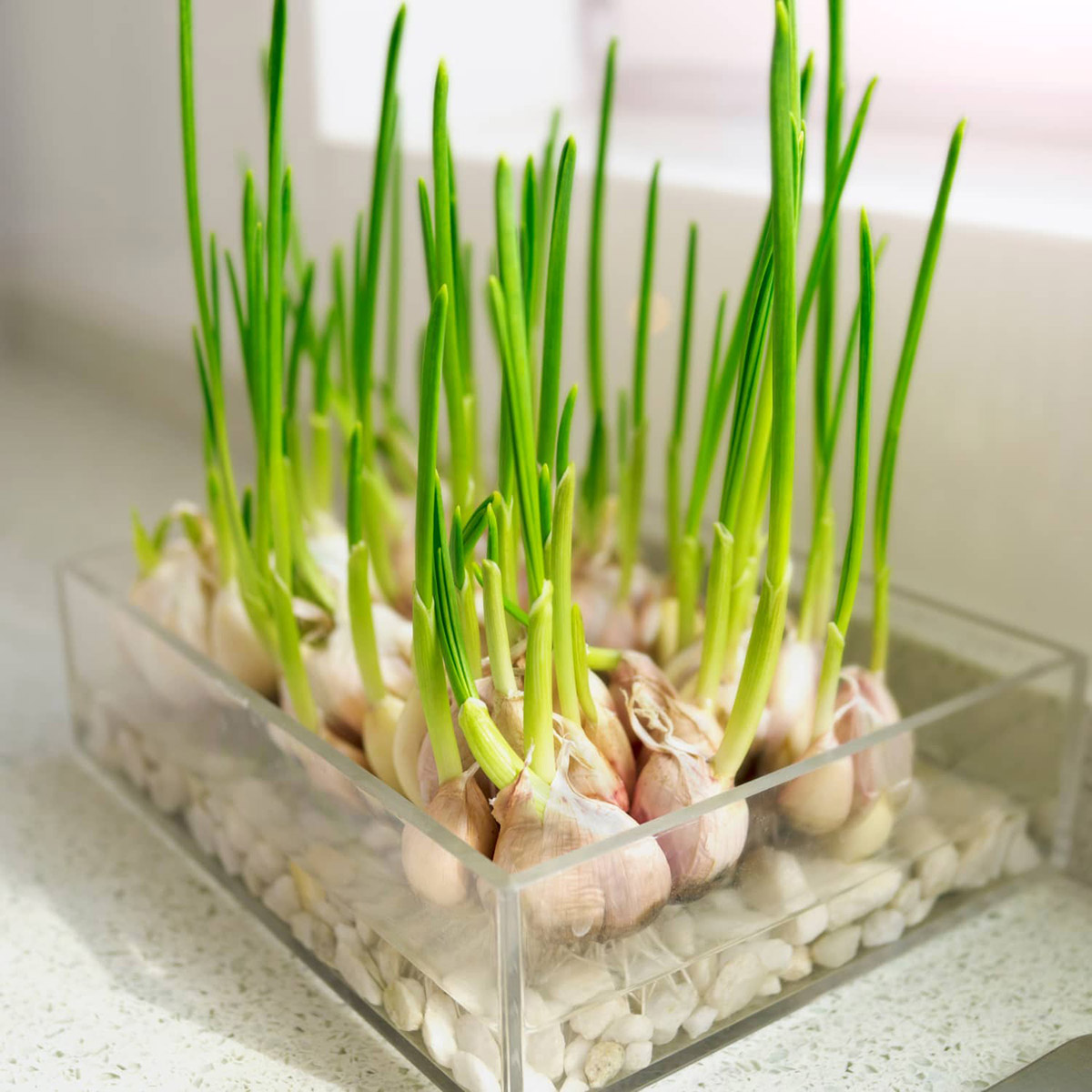

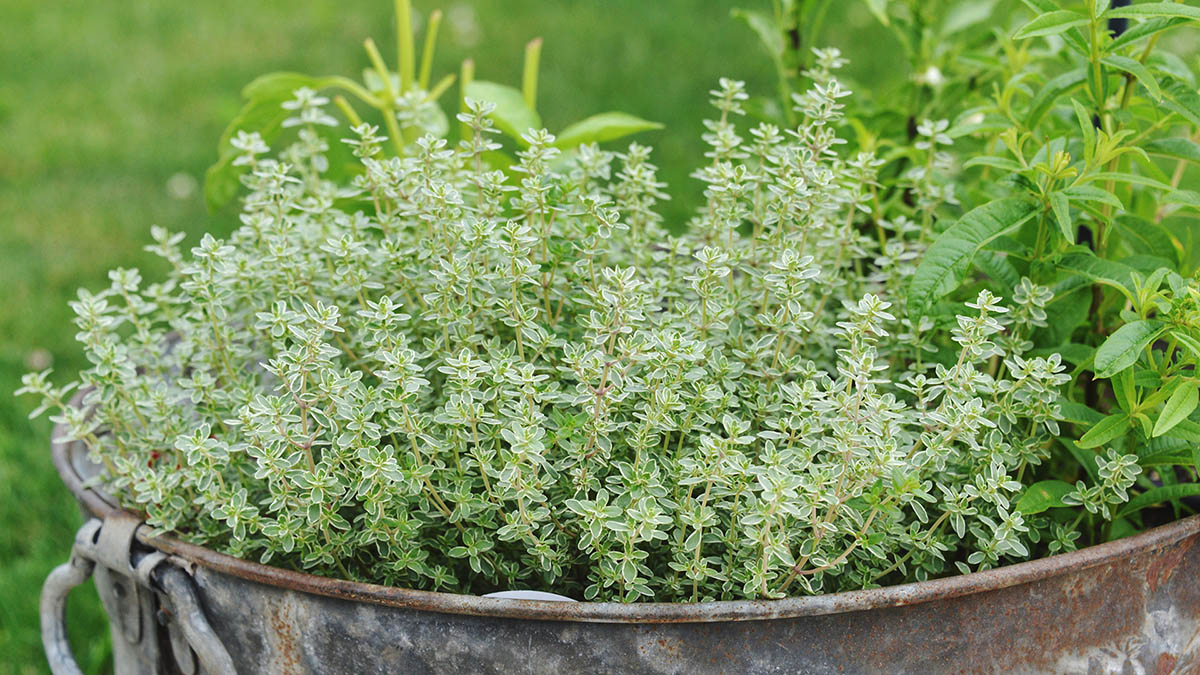
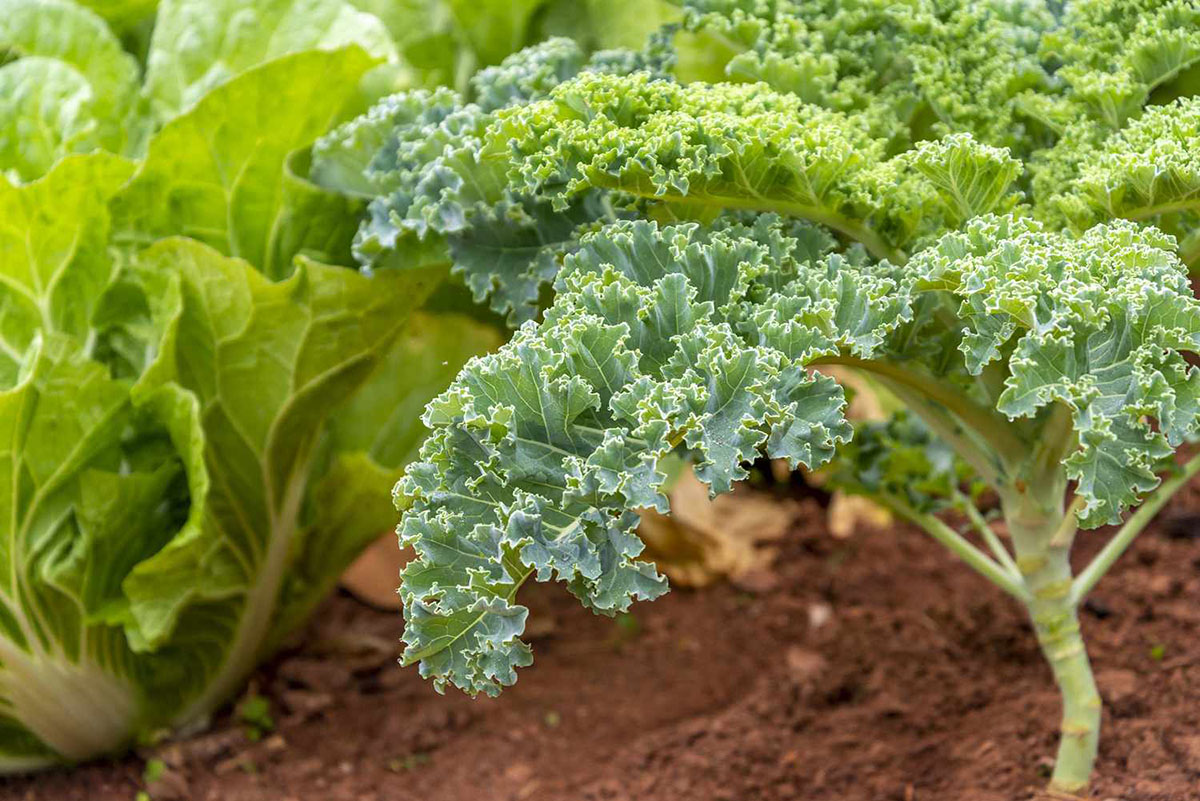




0 thoughts on “How Long Does It Take To Germinate Sweet Potatoes?”